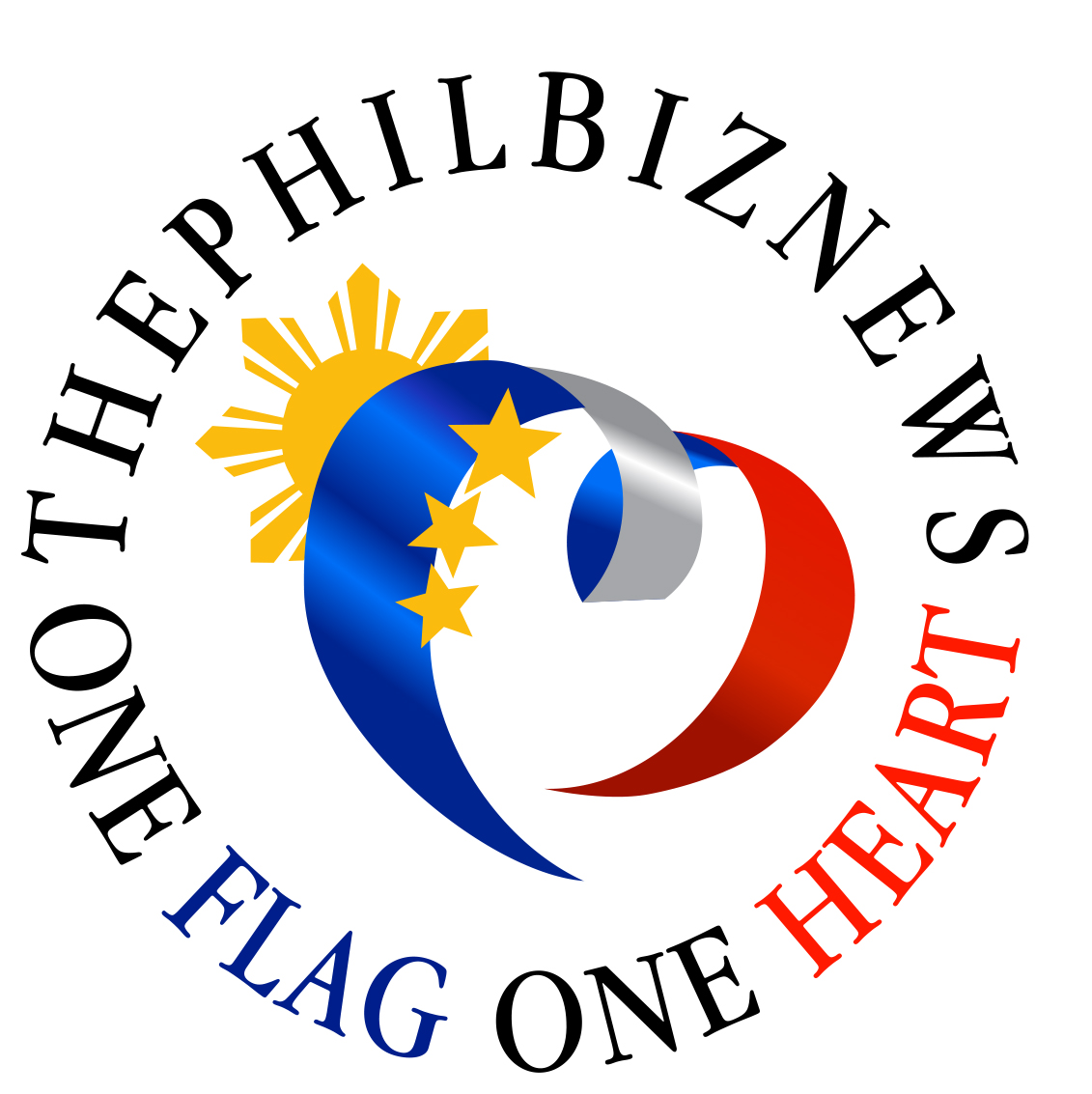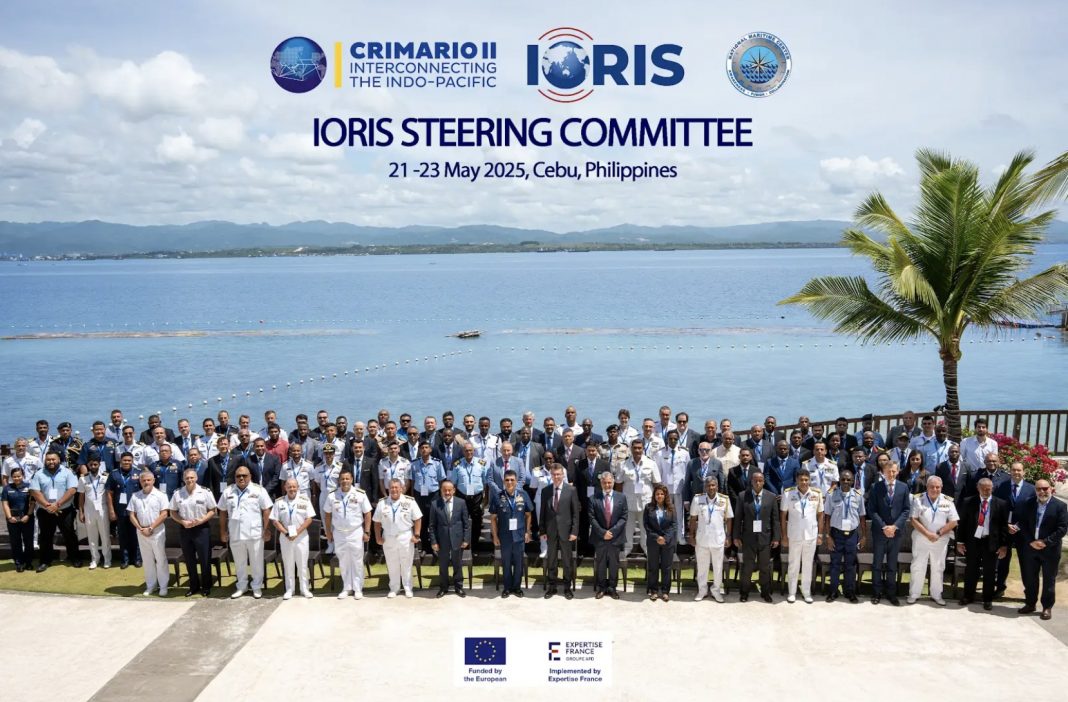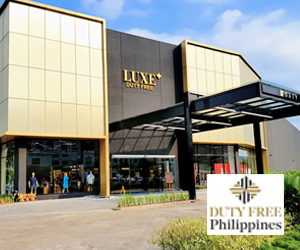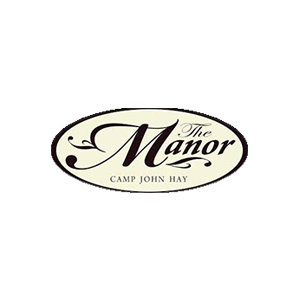Against the backdrop of rising maritime tensions in the South China Sea, the Philippines this week hosts a pivotal Indo-Pacific gathering aimed at boosting regional maritime coordination and security.
From May 21 to 23, over 100 senior officials representing more than 50 countries are meeting in Cebu for the IORIS Steering Committee Meeting, a major milestone for multinational maritime governance in one of the world’s most contested regions, the Delegation of the European Union in the Philippines said in a media release.
The event—backed by the European Union through its Crimario II project—marks the formal expansion and relaunch of the Indo-Pacific Regional Information Sharing (IORIS) platform, a secure, web-based coordination tool used to support maritime operations, including search and rescue, counter-piracy, and anti-smuggling missions.

IORIS is a platform that has quietly become one of the most effective tools in protecting global sea lanes.
The timing and location of the meeting are highly significant. The Philippines continues to face aggression from China in its exclusive economic zone, particularly in the West Philippine Sea. Hosting this major international meeting is seen by observers as a firm stand for maritime rules-based order and a signal of regional resolve.
“This collaboration underscores the European Union’s enduring commitment to a peaceful, secure, and rules-based maritime order in the Indo-Pacific,” said EU Ambassador to the Philippines Massimo Santoro. “We are proud to support regional partners in building capabilities that ensure freedom of navigation and maritime resilience.”
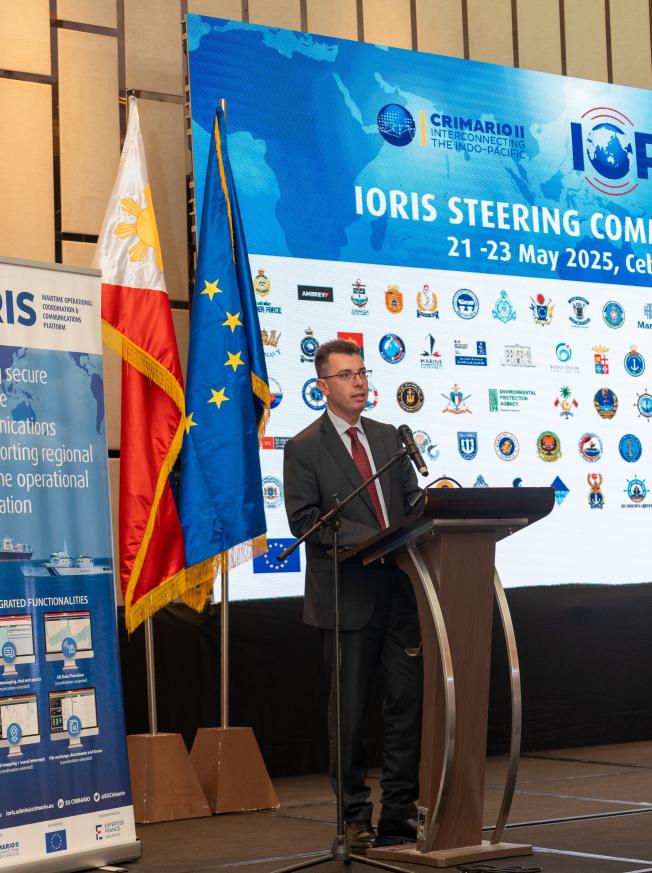
Over three days, participants will discuss how to expand the reach and use of IORIS across the Indo-Pacific—from the east coast of Africa to Latin America. They will also witness real-world demonstrations, including the Alalayan III maritime exercise, which involves 20 Philippine agencies operating in simulated crisis scenarios—all coordinated using the IORIS platform.
“This year’s exercise is not just about drills or simulation; it reinforces a shared truth: no single agency or country can address maritime challenges alone,” said Vice Admiral Roy A. Echeverria, Director of the National Maritime Center. “Our strength lies in our unity, in our commitment to a whole-of-government and whole-of-nation approach, and in our partnerships—both local and international.”
Developed by the EU-funded Crimario project in 2018, IORIS allows maritime centers and agencies to securely plan and coordinate operations in real time. It supports encrypted communication, satellite tracking, and joint incident management.
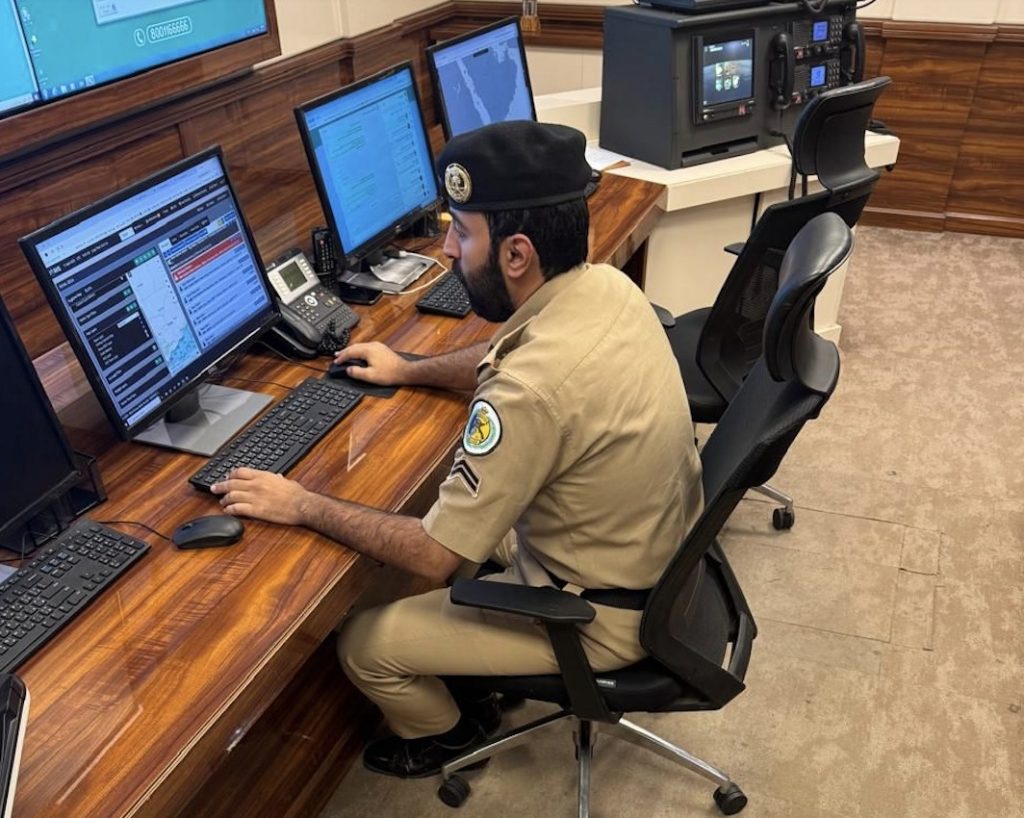
Officials say the platform has already proven itself in high-stakes situations such as the Red Sea crisis of 2023-2024, when attacks on commercial vessels threatened $1 trillion in trade and forced a massive naval response.
“A key area of discussion will be enhancing connectivity between merchant shipping, naval forces, and coastal states,” said Martin Cauchi Inglott, director of the Crimario II project. “This was notably demonstrated in the Red Sea, where IORIS helped safely escort over 130 vessels during the crisis.”
The Philippines, with its archipelagic geography and complex maritime security challenges—from illegal fishing and smuggling to territorial intrusions—has become one of IORIS’s most active participants. Agencies such as the Philippine Coast Guard and the Bureau of Fisheries and Aquatic Resources have integrated the system into their operations to improve coordination, transparency, and rapid response.
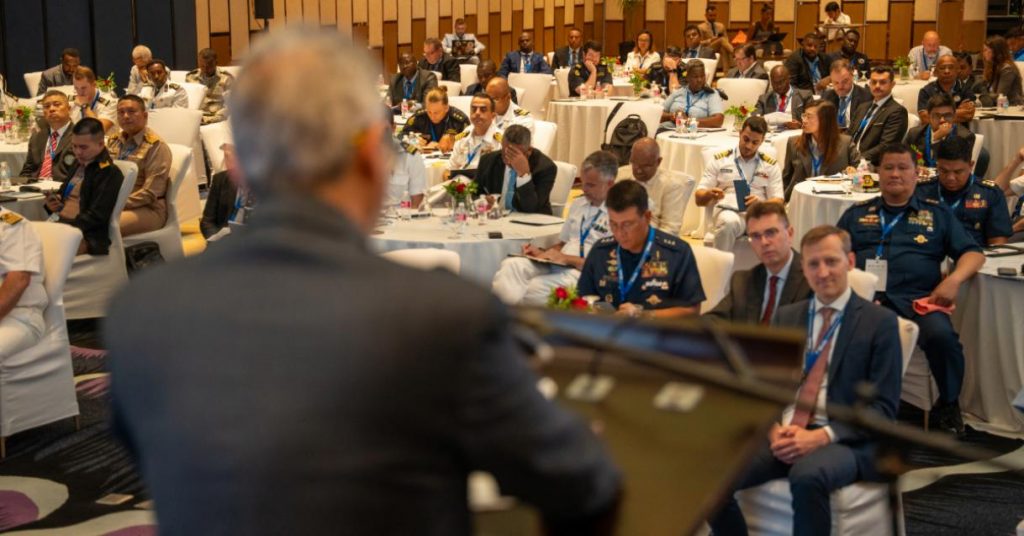
“As this important event concludes, we celebrate not just its success, but the lasting partnerships and trust we’ve built across the Indo-Pacific,” said Ondrej Vosatka, Program Manager at the European Commission’s Foreign Policy Instrument. “The tools, knowledge, and networks developed will continue to support regional maritime security and safety in the years to come.”
With maritime trade and security more critical than ever, IORIS is increasingly seen as a symbol of how the Indo-Pacific can build shared solutions to shared threats—through information, cooperation, and trust. Veronica Uy

